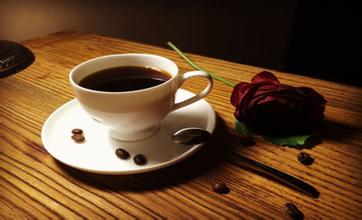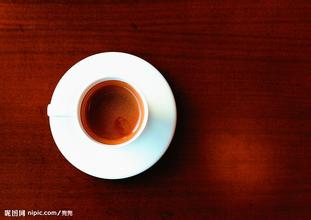What's the difference between latte pull video skills and mocha in taste?
Cafe Latte
As I said, it's hard to pour out cappuccino when you ask for more foam. You can draw on white foam, but then again, it is not easy to draw, because it is not integrated with milk, as soon as you draw, the foam will explode.
Third, sammy lin is in New York. He is an old man of baristacn. I don't know whether he will go there or not, but he should have something in the literary alley. He also often says that cappuccino flowers are never free pour. Pull out the rosetta.
Everyone has their own way of drinking cappuccino. My way to drink is to drink all the fine milk bubbles, not a drop of milk, put a spoon of cinnamon or something to eat, and then drink the last espresso to see if the barista makes a good job. If the final espresso is still black, it means the foam is very good. If it turns brown, it means there's still milk in it.
I like espresso. I can't stand mixing with other things, so I don't like milk added to it. As I said, everyone is different from everyone. If some people can't drink so much espresso, they have to add more milk, which becomes a foamy latte.
Cappuccinos are all sprinkled with powder on milk bubbles, such as chocolate, cinnamon, nutmeg, or not, and then eat the foam and drink coffee.
Don't be written by those people about cappuccino, it's all fake, no one can pull it out, it's definitely not cappuccino. Because the practice of cap is to add milk foam and milk first, and then pour it like espresso.
Pulling flowers is just a way for baristas to show off their coffee, not to show off. Of course, it's good to pull out good ones. But the most important thing is to squeeze out the good espresso and pour in the milk. Espresso is the most important.

Important Notice :
前街咖啡 FrontStreet Coffee has moved to new addredd:
FrontStreet Coffee Address: 315,Donghua East Road,GuangZhou
Tel:020 38364473
- Prev

Introduction to the quality and taste of Arabica coffee beans with family characteristics and flavor description
Arabica coffee beans family characteristics flavor description treatment method quality taste Arabica is deeply loved by Chinese people with a short history of coffee contact because of its strong fruity aroma. It was introduced to China by missionaries in the 19th century. It is widely planted in the dry-hot valley of the Jinsha River, which is more than 1000 meters above sea level in Panzhihua, Sichuan and western Yunnan. the temperature difference between day and night is large in this area, which is adopted by local people.
- Next

Italian espresso taste practice-introduction of Italian coffee machine brand
Italian espresso taste in Italy, the birthplace of espresso, the research on it has developed into a discipline. In the mid-1950s, espresso spread to the United States, first appearing in Italian-populated areas of larger cities. The second place to accept espresso is the cafe that people often go to. Since then, the production techniques and skills of espresso have been developed.
Related
- Beginners will see the "Coffee pull flower" guide!
- What is the difference between ice blog purified milk and ordinary milk coffee?
- Why is the Philippines the largest producer of crops in Liberia?
- For coffee extraction, should the fine powder be retained?
- How does extracted espresso fill pressed powder? How much strength does it take to press the powder?
- How to make jasmine cold extract coffee? Is the jasmine + latte good?
- Will this little toy really make the coffee taste better? How does Lily Drip affect coffee extraction?
- Will the action of slapping the filter cup also affect coffee extraction?
- What's the difference between powder-to-water ratio and powder-to-liquid ratio?
- What is the Ethiopian local species? What does it have to do with Heirloom native species?

